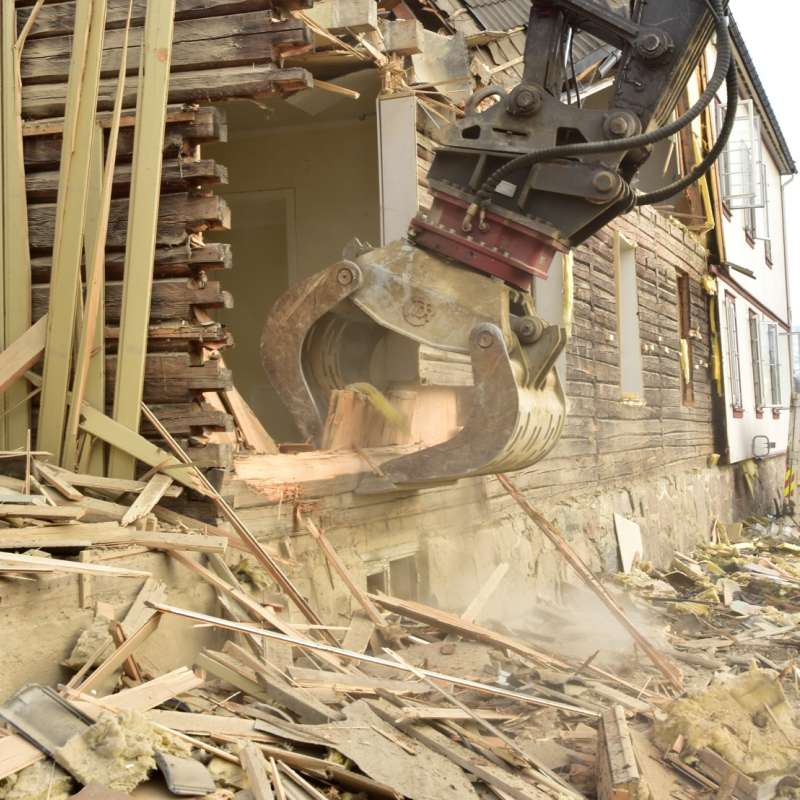Erik Larnøy
Research Professor
Abstract
No abstract has been registered
Abstract
No abstract has been registered
Abstract
Abstract Reusing and recycling post-consumer wood can help mitigate GHG emissions and reduce the risks of biodiversity loss by saving primary resources. A robust understanding of the post-consumer wood composition and its cascading potential is critical to enable this. However, there is currently limited research on the topic. This study contributes to filling the knowledge gap by sorting 54 tons of post-consumer wood at two industrial recycling stations and one household recycling station in Norway and further developing a classification system with quantified cascading potentials for post-consumer wood. The results showed that 49–64 percent of the wood at the industrial recycling stations and 32 percent at the household recycling station was load-bearing and untreated solid wood. We argue that these categories have a good potential for reuse and recycling. The high percentages indicate an opportunity for increasing the recycling and reuse of post-consumer wood. However, we also discovered some misplaced preservative-treated materials and a percentage of fiberboards that exceed particleboard manufacturer limits, meaning that sorting before recycling is required. Furthermore, we investigated how the wood composition was influenced by the type of customer delivering wood to the recycling stations and found that households generally deliver lower quality post-consumer wood than industrial customers.

